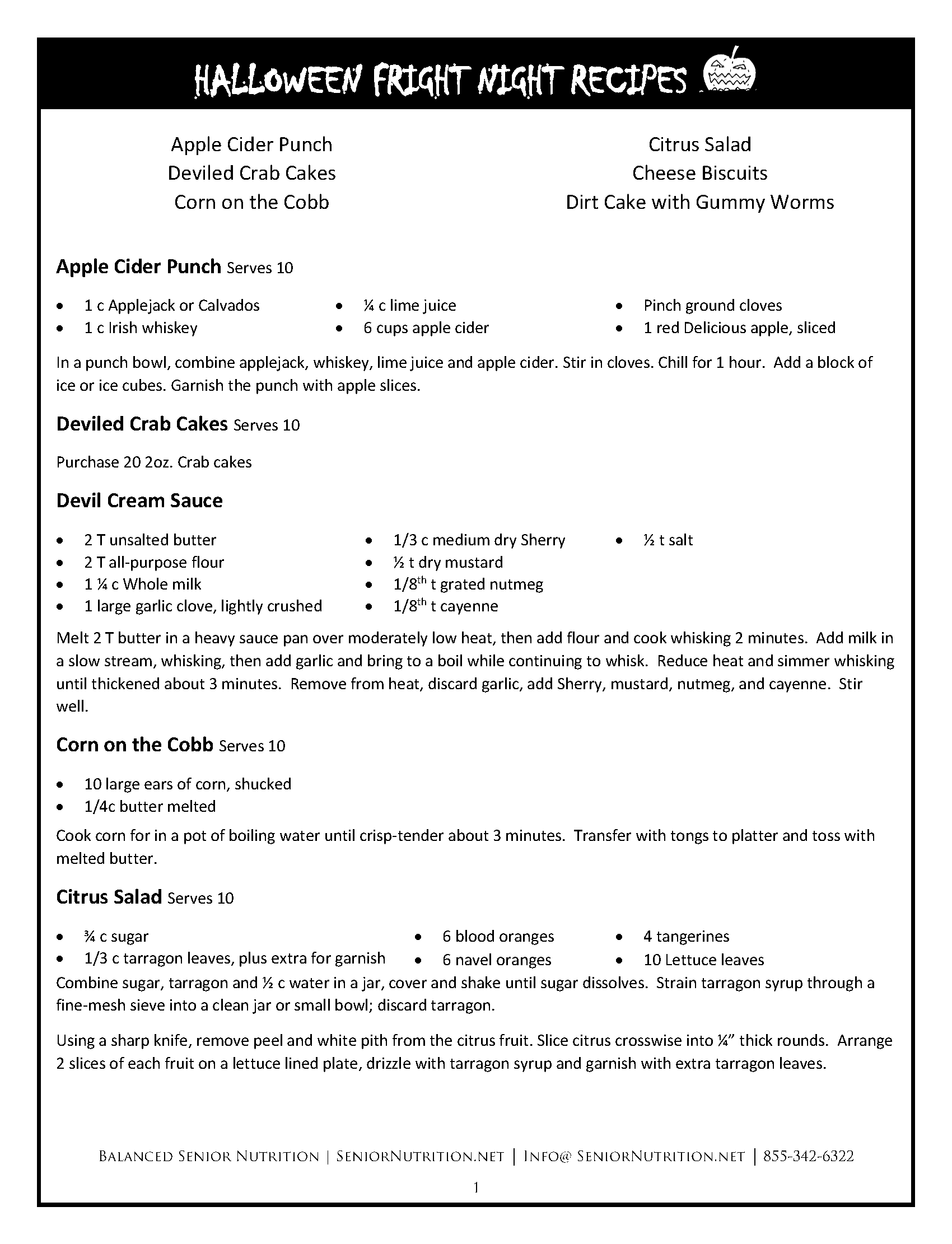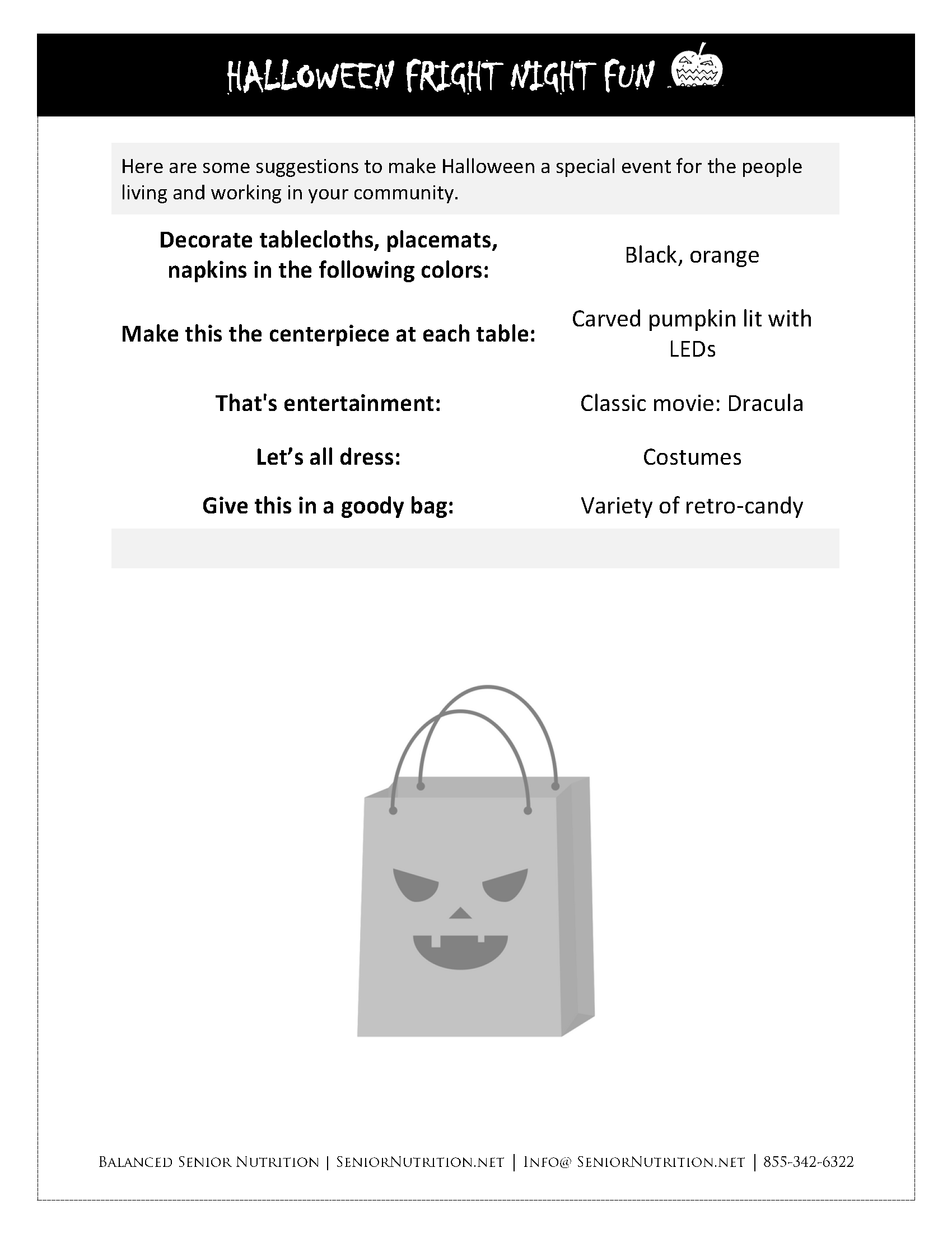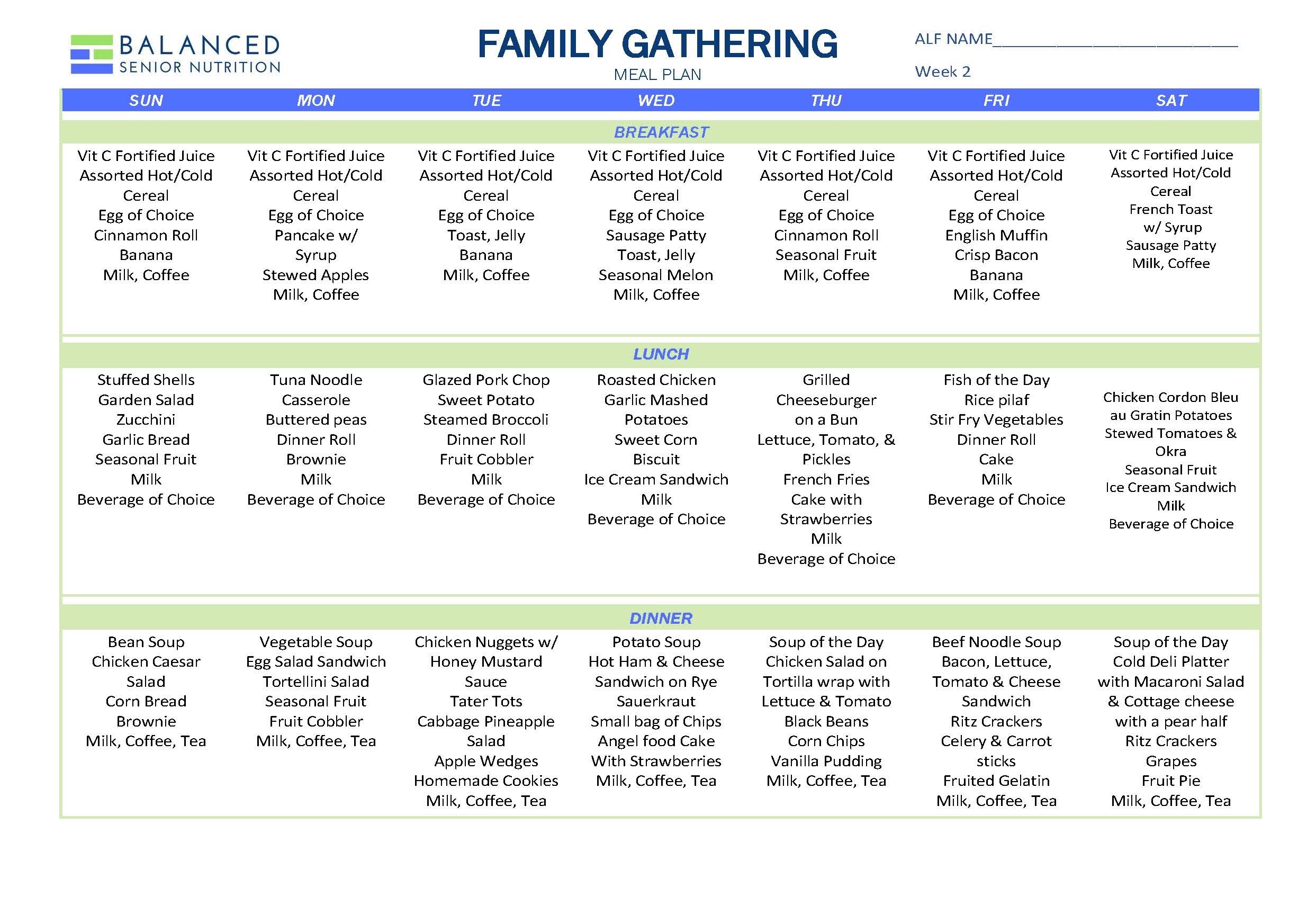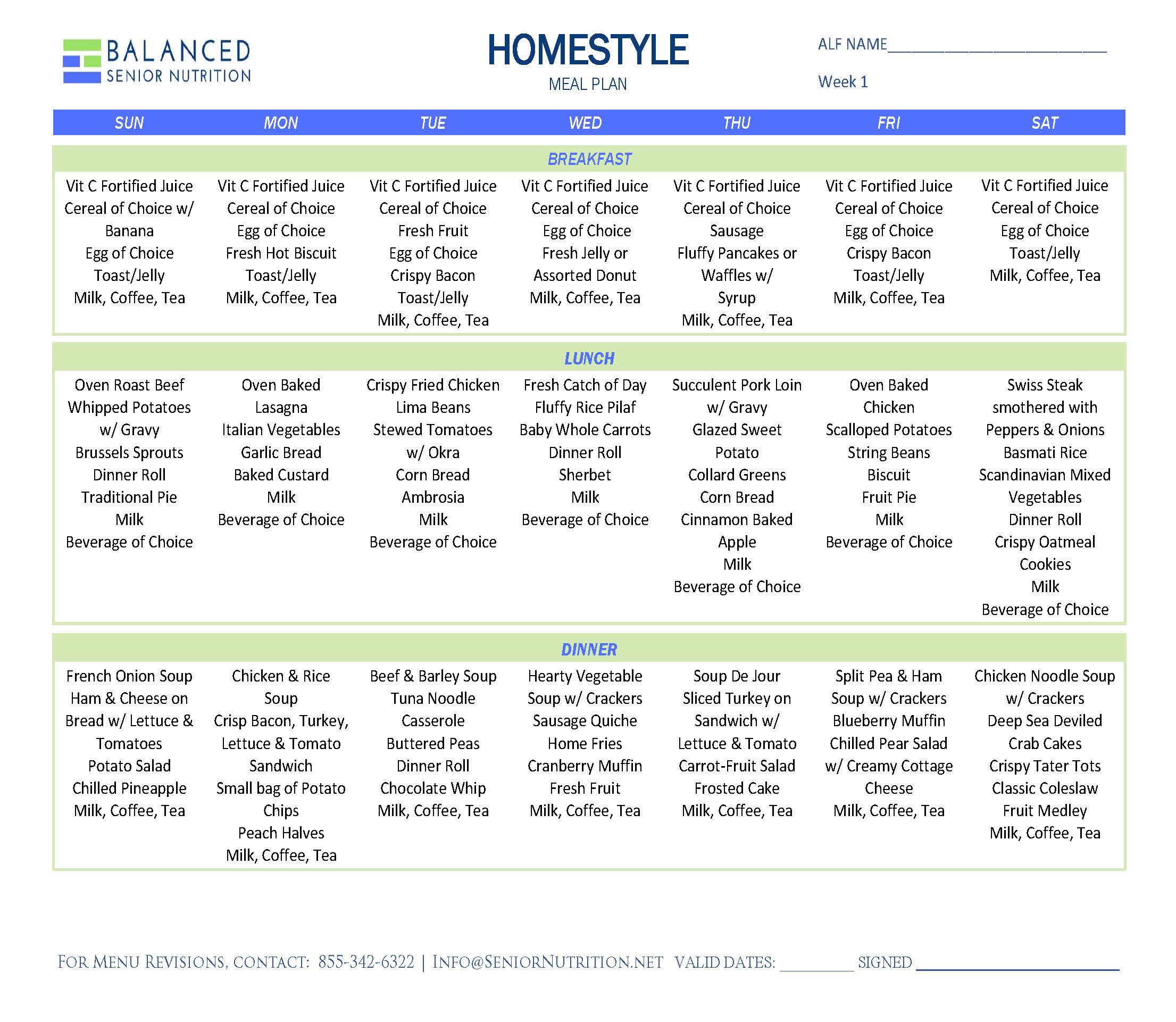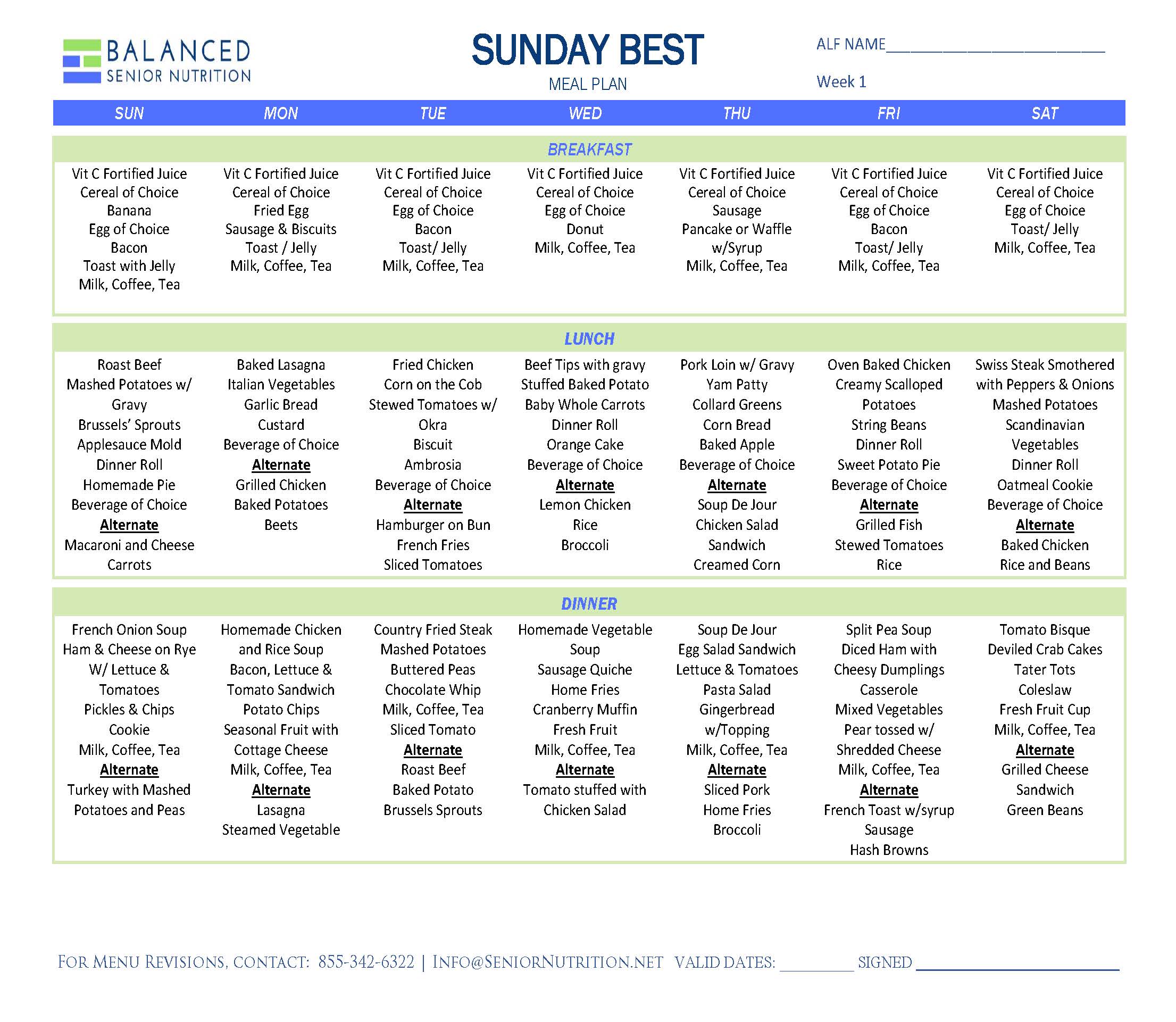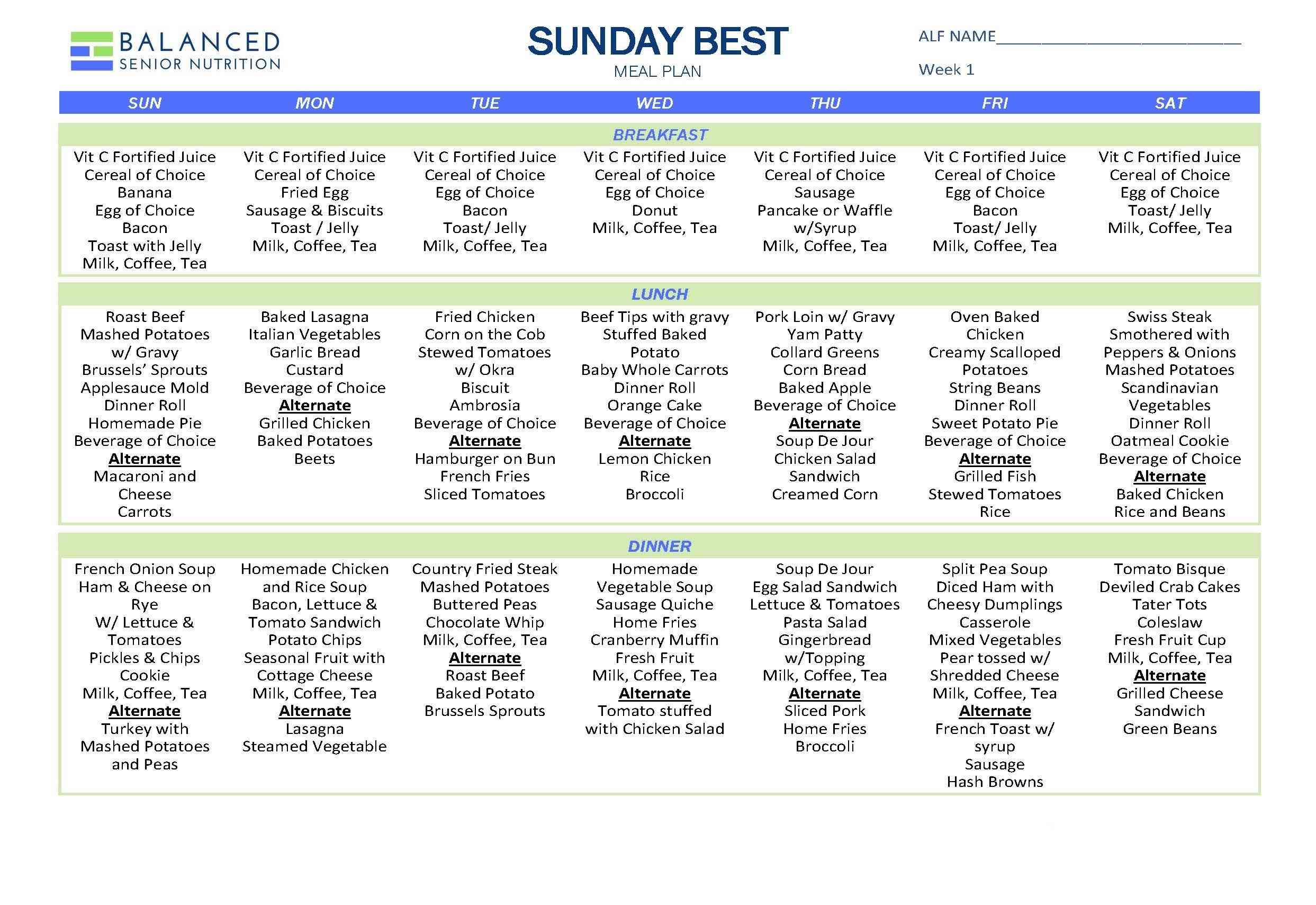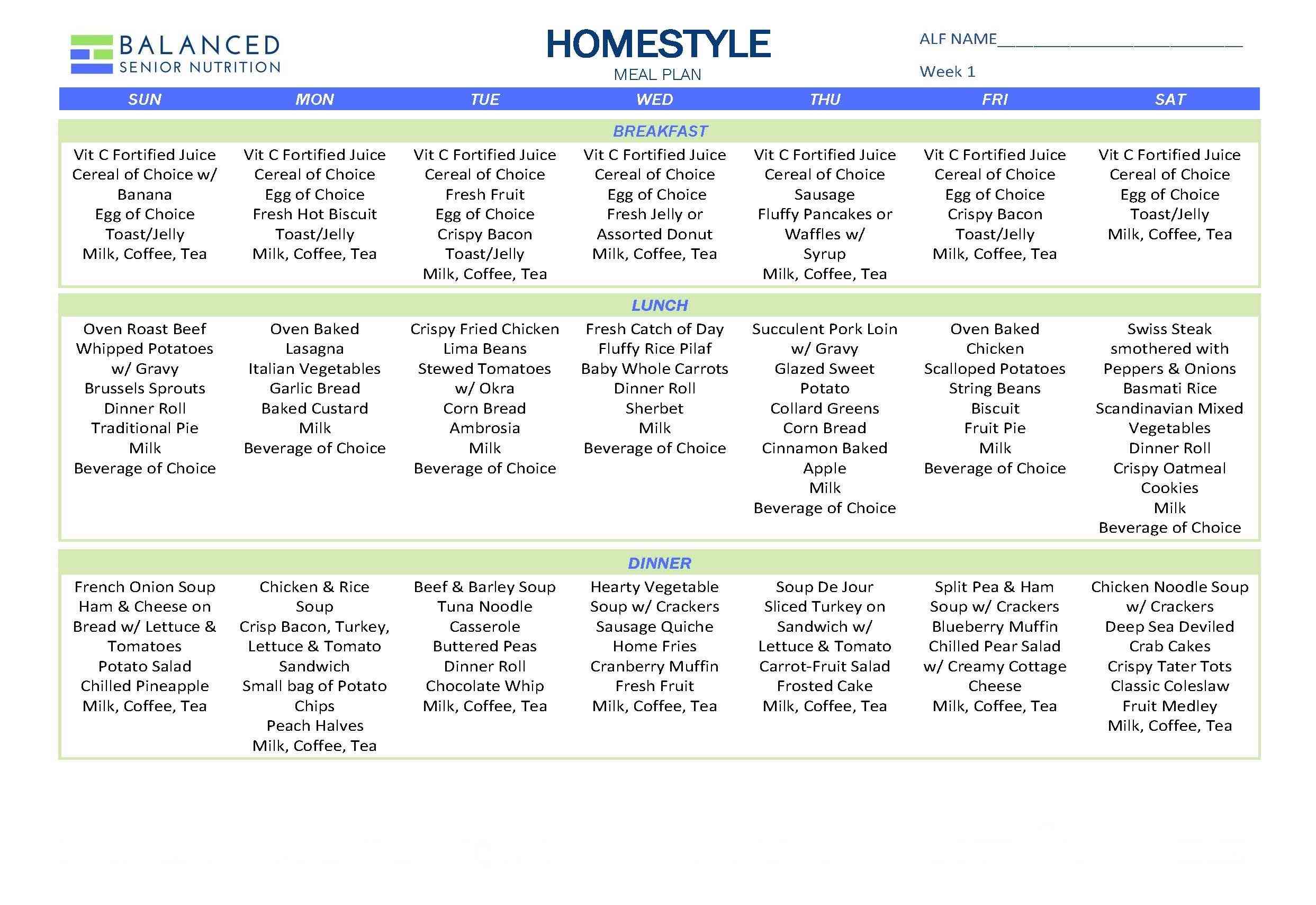
Good nutrition is not only about getting enough calories and nutrients into a person’s body. Good nutrition is about “how” people eat as much as it is about “what” people eat. Feeding someone is one of the most intimate, bonding activities in which care partners engage in long-term care. Food just doesn’t provide sustenance for the body; it gives comfort to the soul. As human beings, we enjoy interacting with other people at meal time and that does not change after a person enters a long-term care community. With that in mind, here are seven ways to promote good nutrition.
1. Serve meals timely in a safe & sanitary manner
No one likes to eat cold food or food that has been left out too long. In fact, if it happens at a restaurant, a patron may give a one star review on Yelp or refuse to pay for the food or simply never come back to the place. That’s why successful restauranteurs put timely service at the forefront of the dining experience. But, residents don’t have the option of never coming back; they must go back to the dining room. That’s why it’s up to us to take a hard look at the dining experience in our communities and try to create service that truly provides appealing foods at proper temperatures.
2. Recognize food and meal time preferences
How many of us think back fondly about eating with family and friends and how comforting it was to share a good meal in their company? Those feelings don’t change when a person lives in an aggregate community. If anything, food and companionship becomes more important. Giving elders meaningful meals is about getting to know what, when and where a person wants to eat. To gather that information, you need a way to learn what a person’s dining preferences are abd I have developed a form that we’ve been successfully using in the communities we serve. Use that information as a guide for creating a plan of care that individualizes diets, while keeping the person as safe as possible. This should not be a simple checklist of likes and dislikes of food, but a comprehensive examination of a person’s history and habits of eating, including:
- the portion of food a person wants to be served
- their favorite time to snack
- if any help is needed eating or drinking
- if diet restrictions have been suggested, whether those restrictions are wanted or not by the person
3. Liberalize diets when possible or desired
Throughout life, a person develops preferences about what they do or do not like to eat. That’s why it can be such a shock to go into a long term care community where diets can be dictated by medical condition, even when evidence suggests that such restricted diets have been shown to be ineffective and in some cases detrimental to the person’s health.
In fact, the evidence points to such diets as possibly being detrimental to nutritional status because often the meals are unappetizing and unappealing. This leads to reduced meal intake, weight loss and its associated complications.
That’s why diet liberalization should be explored for the risks and benefits of both restricted diets and individualized diets. A person’s own dietary choices should trump all. It is up to the care team to come up with a meal and snack plan that takes into account:
- the person’s choices
- the latest standards of practice
- and mitigates all risks when possible
4. Offer tasty food and substitutions
Imagine someone who was married to a good cook for forty years, enjoying well-prepared tasty meals of the foods he loves, and then suddenly due to an illness he must enter into a long-term care community. Now, imagine a community that understands this man’s upheaval and works toward providing meals and snacks that are delicious and nutritious like the ones he was used to being served. What a difference that would make in that person’s life.
5. Serve meals with dignity & respect
One of the key components of person-centered care is to treat each person with dignity and respect.
6. Have assistive devices available
Some people who enter long term care may have physical problems that require tools to help them eat their meals and snacks. Here is a short list of the most common assistive devices:
- Foam handles
- Weighted utensils
- Scoop plate,
- Two-handled mug
- Kennedy cup
These tools make life easier for everyone and promote good nutrition by helping residents eat the foods they like as safely as possible.
7. Provide proper positioning
It is extremely important that we teach people with swallowing issues the best position to sit properly for eating their meals. Improper positioning may increase their risk of aspiration and make it harder to eat, adding to a loss of independence.
Here’s a quick reminder of the proper way to sit:
First: Use a chair that will allow you to sit close to the table.
Next: Sit straight in a chair with hips positioned back in the seat forming a 90-degree angle.
- Your thighs should be fully supported.
- Bend your knees at a comfortable angle and have your feet fully supported.
- Both arms should be supported, which helps keep your body upright and in center of chair.
Finally: Do not tilt head backwards while eating or drinking, tuck chin in slightly.
In Conclusion
At the start of this post, I wrote something that bears repeating: feeding someone is one of the most intimate, bonding activities in which care partners engage in long-term care. Food just doesn’t provide sustenance for the body; it gives comfort to the soul. As human beings, we need to interact with others at meal time and that does not change after a person enters long-term care. We all need to remember that as we prepare to feed the people who depend on us for sustenance and comfort. To help provide you with one of the tools to make that effort easier, I’d like to offer you a free copy of our Personal Dining Preferences form to record a comprehensive examination of a person’s dietary choices and habits so that you can give them meals and snacks that are nutritious to the body and the soul.


